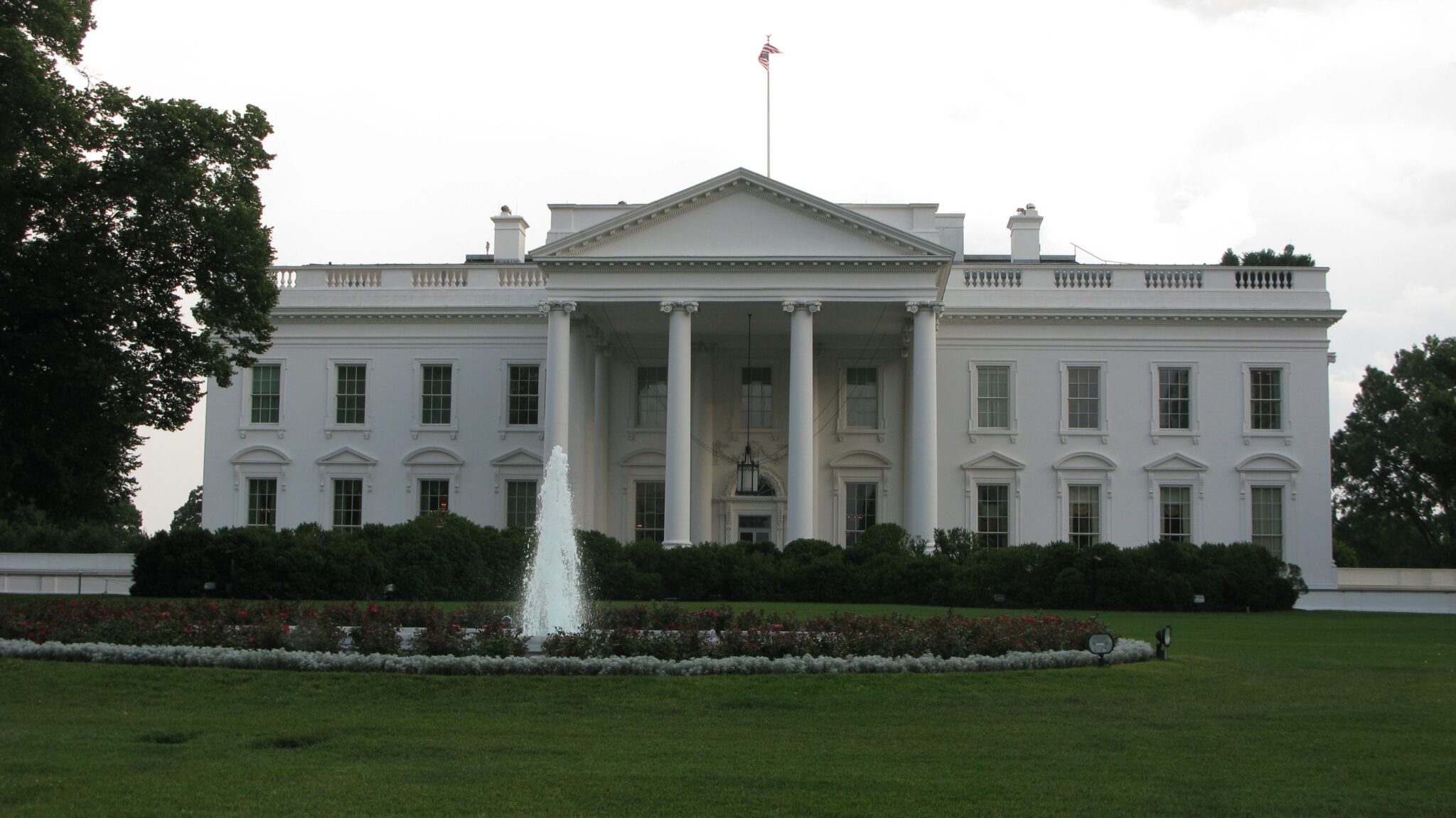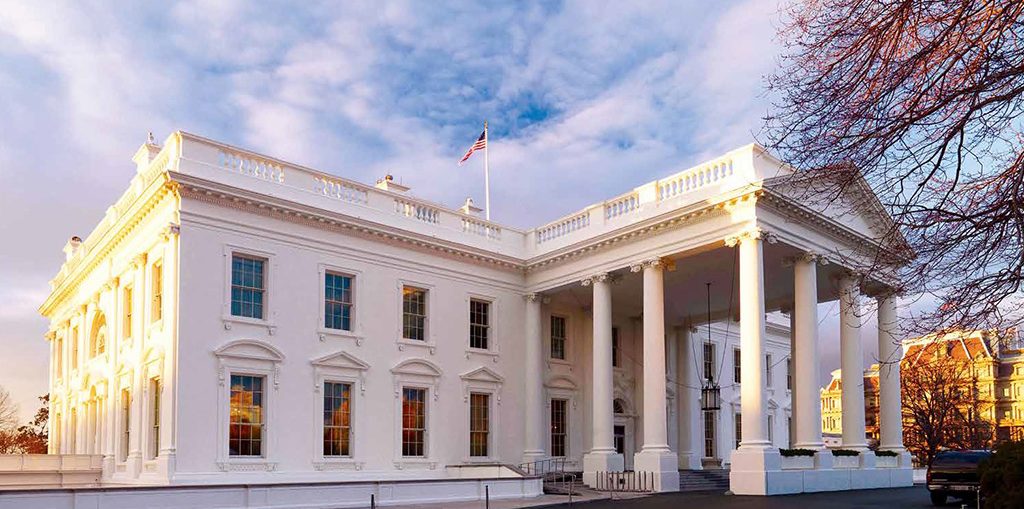When the cornerstone of the White House was laid in 1792, it marked the beginning of a legacy that would become a symbol of democracy and leadership worldwide. The construction of this iconic building took nearly a decade to complete, with its first residents moving in during 1800. As the heart of American governance, understanding its origins and historical significance is crucial for anyone exploring the architectural and political heritage of the United States.
The White House is not just a building; it’s a monument to history, a testament to the vision and determination of those who built it. Its construction reflects the challenges and triumphs of early American history, from selecting the site to overcoming financial and logistical obstacles. This article delves into the timeline of its creation, the architects behind the design, and the enduring impact it has had on the nation's identity.
As you explore the question "when is the White House built," you'll uncover the fascinating details of its development, the people who contributed to its construction, and the evolution of its role over the centuries. From its origins as a simple presidential residence to its status as a global icon, the White House continues to inspire awe and admiration.
Read also:Unveiling The Stature Of Jey Uso A Comprehensive Guide To His Height And Persona
Why Was the White House Built?
The decision to build the White House stemmed from the need for a central location for the U.S. government. Following the establishment of Washington, D.C., as the nation’s capital, plans were drawn up for a presidential residence. The Founding Fathers envisioned a structure that would represent the new republic's strength and unity. This section explores the reasons behind the White House's construction and its significance in shaping the nation's identity.
Who Designed the White House?
The design of the White House was the brainchild of Irish-born architect James Hoban, whose neoclassical blueprint won a public competition in 1792. Hoban's vision combined elegance with functionality, creating a structure that would serve as both a home and an office for the president. This heading delves into the life and work of James Hoban, highlighting his contributions to American architecture and the enduring legacy of his masterpiece.
When Is the White House Built: A Timeline?
From its foundation in 1792 to its completion in 1800, the construction of the White House followed a detailed timeline. This subheading breaks down the key milestones in its development, including the selection of materials, the labor force involved, and the challenges faced during the building process. Understanding the timeline provides valuable insights into the dedication and craftsmanship required to bring this iconic structure to life.
What Materials Were Used to Build the White House?
The construction of the White House utilized locally sourced materials, such as sandstone and lumber, to create a durable and visually striking building. This section examines the materials used in its construction, the reasons behind their selection, and the techniques employed to ensure the building's longevity. Additionally, it discusses the restoration efforts undertaken over the years to preserve the White House's original grandeur.
How Long Did It Take to Build the White House?
Spanning nearly a decade, the construction of the White House was a monumental task that required the efforts of countless workers, including skilled artisans and enslaved laborers. This subheading explores the duration of the building process, highlighting the challenges faced and the solutions devised to complete the project on time. It also addresses the question of "when is the White House built," providing a comprehensive overview of the timeline.
What Role Did Enslaved Labor Play in Building the White House?
While the White House stands as a symbol of freedom and democracy, its construction involved the labor of enslaved individuals. This heading sheds light on the often-overlooked contributions of enslaved workers and their impact on the building's completion. By acknowledging this aspect of its history, we gain a deeper understanding of the complexities surrounding the White House's origins.
Read also:Nielsen Wiki A Comprehensive Exploration Of The Global Measurement Giant
What Happened to the White House After Its Completion?
Upon its completion in 1800, the White House became the official residence of the president and the epicenter of American governance. This section discusses the early years of its occupancy, the renovations and expansions it underwent, and its role in shaping the nation's political landscape. It also touches upon the question of "when is the White House built" in the context of its evolving purpose.
What Are Some Interesting Facts About the White House?
From its original color to its hidden features, the White House is full of fascinating details that make it a unique architectural wonder. This subheading presents a collection of intriguing facts about the building, including its nickname, the number of rooms it contains, and the stories behind its iconic design. Here are a few highlights:
- The White House was initially painted with white paint to protect its sandstone exterior from weather damage.
- It features 132 rooms, 35 bathrooms, and six levels of living and working space.
- Its exterior is repainted every five years using approximately 570 gallons of white paint.
When Is the White House Built: A Reflection of American History?
The White House stands as a testament to the nation's history, reflecting the values and challenges of each era it has witnessed. This heading examines the building's role in American history, from its construction to its modern-day significance. By revisiting the question of "when is the White House built," we can appreciate its enduring relevance as a symbol of democracy and leadership.
What Does the Future Hold for the White House?
As the White House continues to serve as the center of American governance, its future remains tied to the nation's progress and evolution. This section speculates on the building's role in the years to come, exploring potential renovations, technological advancements, and its continued importance in global affairs. It also reflects on the legacy of its construction and the lessons it offers for future generations.
Table of Contents
- Why Was the White House Built?
- Who Designed the White House?
- When Is the White House Built: A Timeline?
- What Materials Were Used to Build the White House?
- How Long Did It Take to Build the White House?
- What Role Did Enslaved Labor Play in Building the White House?
- What Happened to the White House After Its Completion?
- What Are Some Interesting Facts About the White House?
- When Is the White House Built: A Reflection of American History?
- What Does the Future Hold for the White House?
In conclusion, the White House's construction is a story of vision, perseverance, and collaboration. By answering the question "when is the White House built," we uncover the rich history and cultural significance of this iconic structure. Its enduring presence serves as a reminder of the nation's past, present, and future, making it a cornerstone of American identity.
This article not only provides an in-depth exploration of the White House's origins but also highlights its importance in shaping the nation's history. Through detailed research and engaging content, it aims to inform and inspire readers, encouraging them to appreciate the architectural and historical marvel that is the White House.


